Metallic watercolor painting offers artists a unique way to add shine and texture to their work. This style uses special paints that reflect light, giving artwork a shimmering and elegant look. It appeals to both beginners and experienced painters who want to explore new techniques.
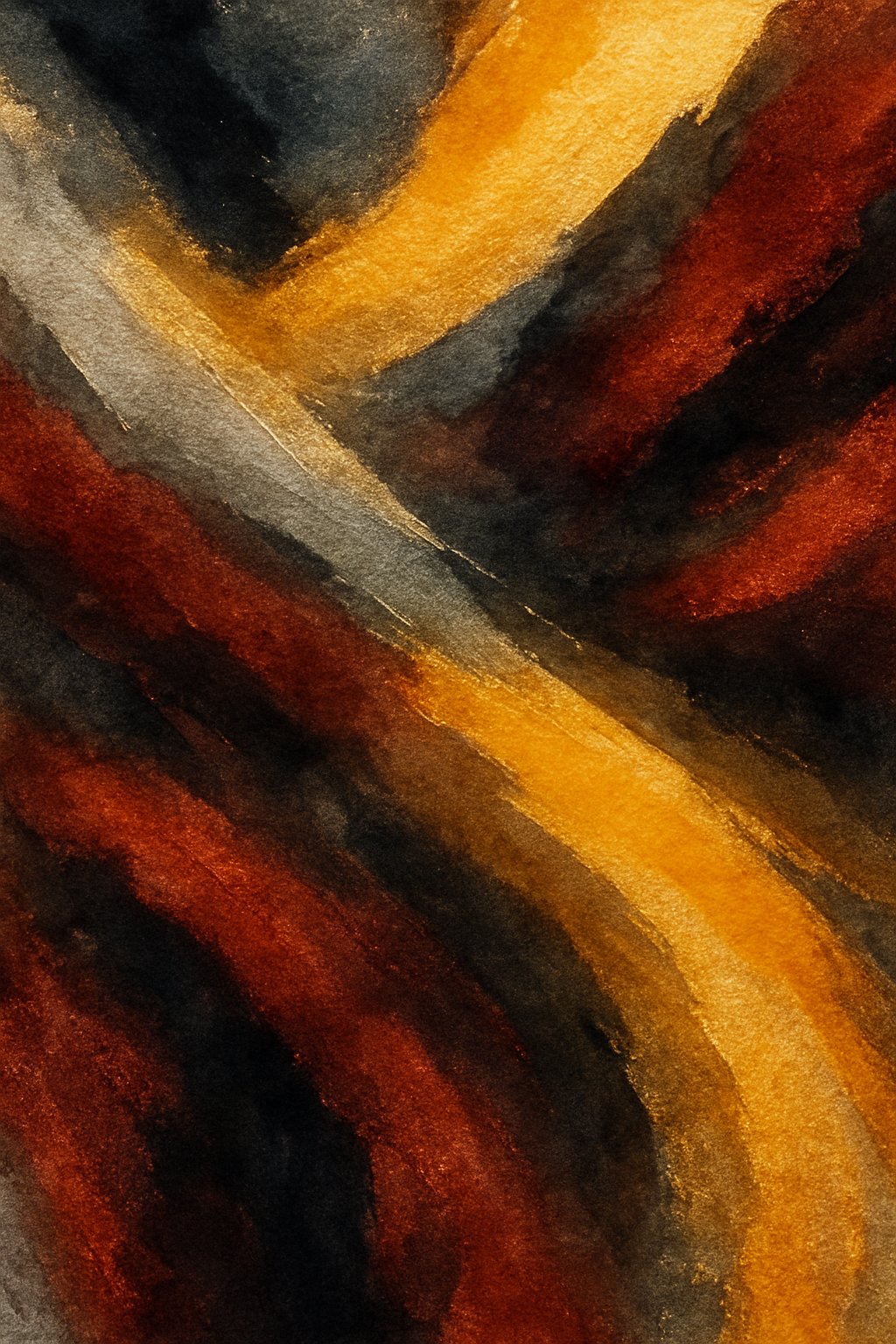
Gorgeous metallic watercolor painting ideas help artists create captivating pieces with a striking, luminous quality. These ideas inspire creativity and encourage experimenting with light and color in artistic projects. Artists can find many ways to enhance their paintings using metallic effects.
1) Celestial Nightscapes with shimmering moons and stars

Artists use metallic watercolors to create glowing moons and twinkling stars in night sky paintings. These shimmering details add depth and light.
Using fine brushes helps capture small stars and delicate moon phases for a realistic effect. Shadows and soft blues enhance the celestial scene.
2) Illuminated calligraphy using metallic watercolors
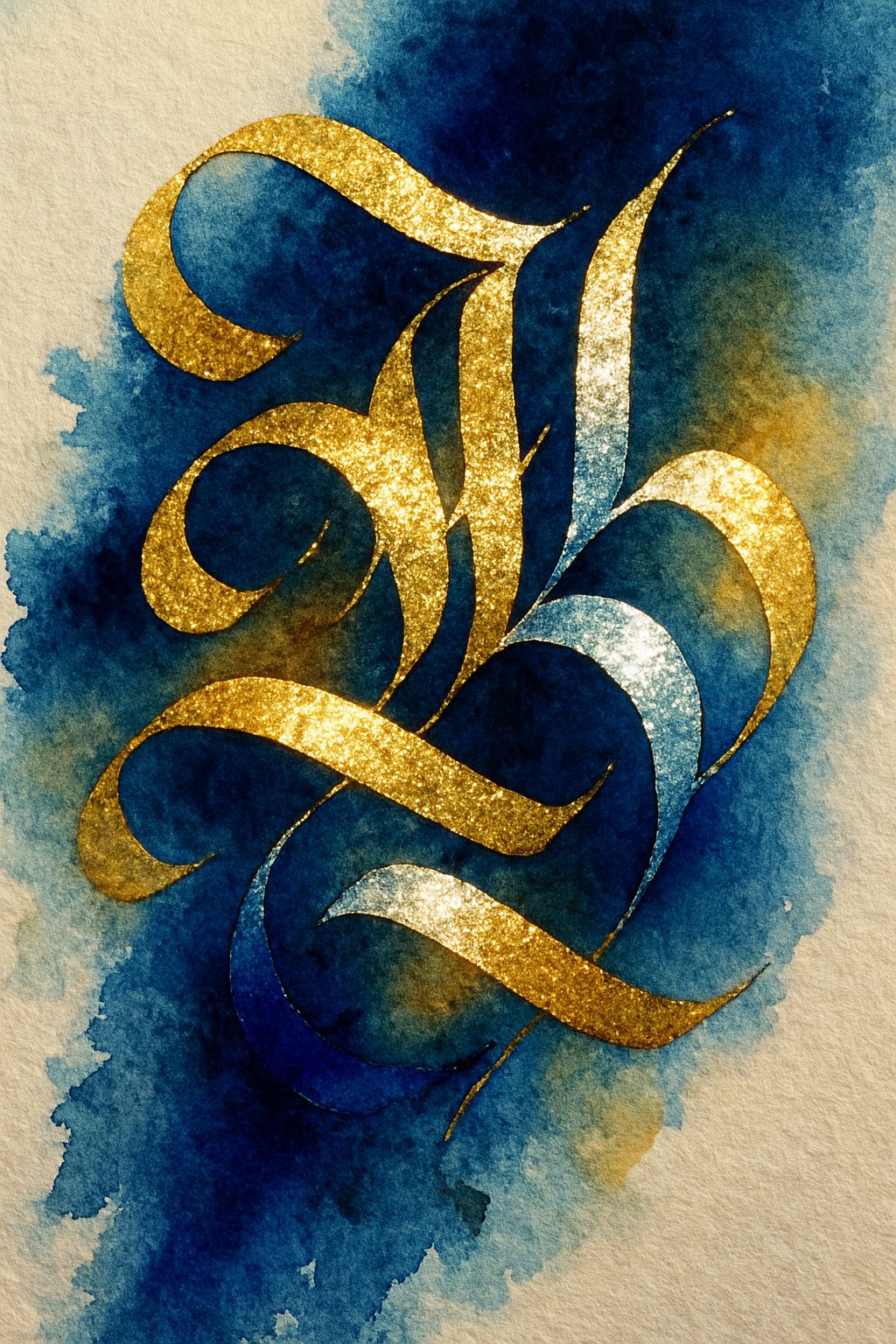
Artists use metallic watercolors to add shine to calligraphy. The paint highlights letters with a soft glow that catches the eye. This technique works well for invitations, cards, and decorative writing. It brings a delicate but clear brightness without overpowering the text.
3) Shimmering galaxy art blending deep blues and purples
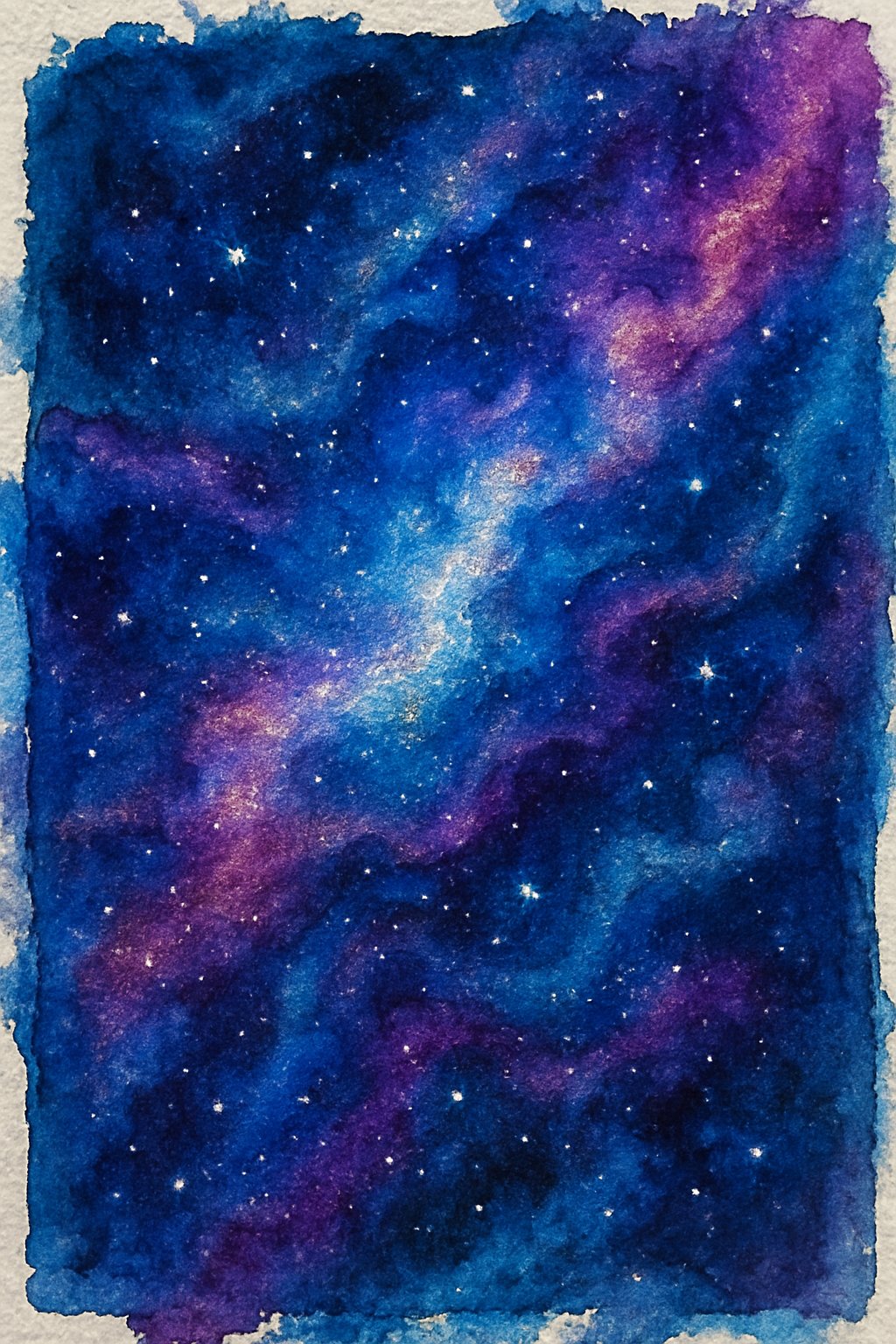
Galaxy art often uses metallic watercolors to create a glowing effect. Artists blend deep blues and purples with touches of white or silver to mimic stars and cosmic clouds. This technique adds depth and shimmer, making the painting feel dynamic and alive.
4) Metallic floral paintings with gold and silver accents
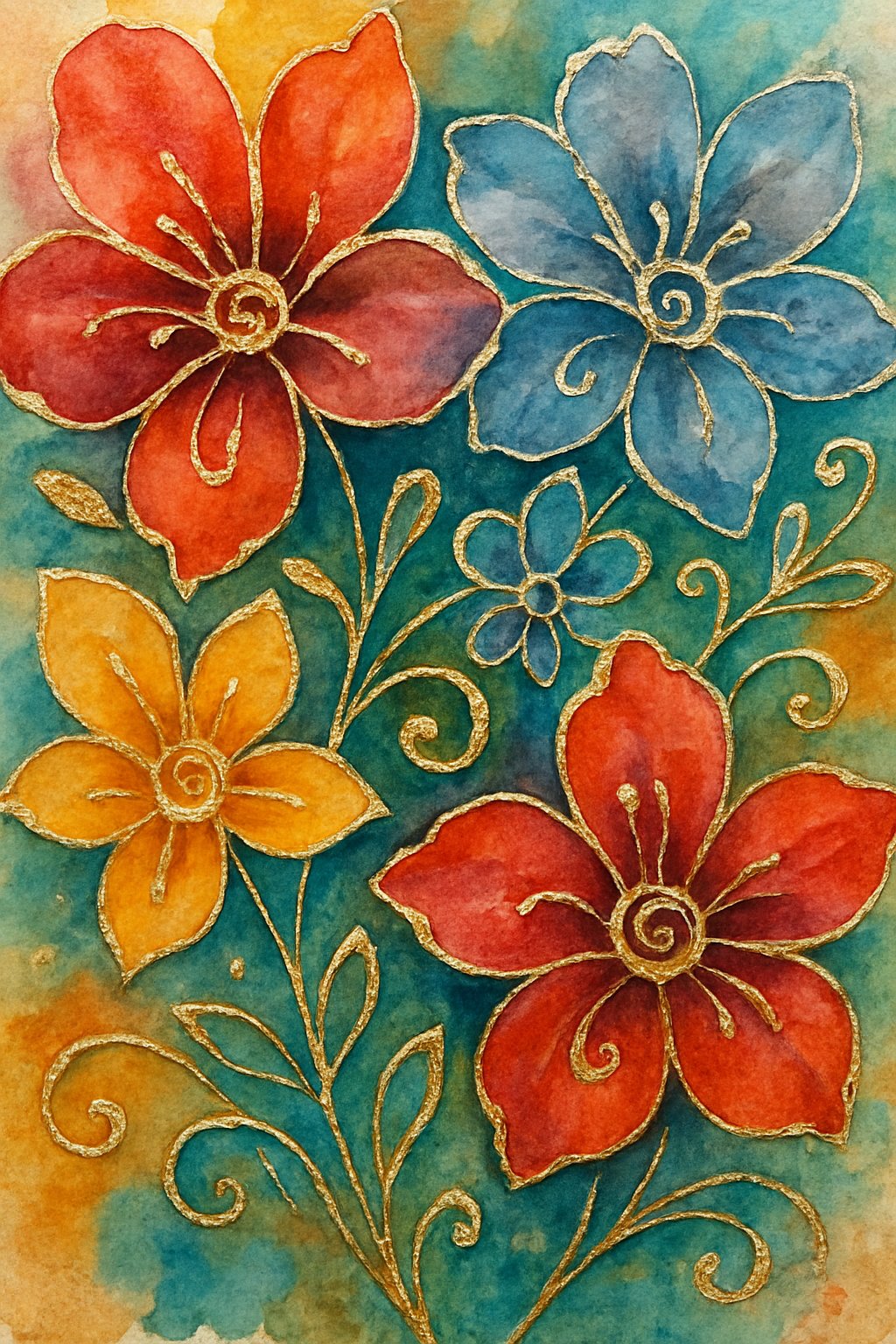
Artists use gold and silver accents to add shine and depth to floral watercolor paintings. These metallic touches highlight petals and leaves, creating a subtle glow. The combination of metallics with soft watercolor colors gives flowers a unique, elegant look.
5) Abstract shimmer pieces using layered metallic washes
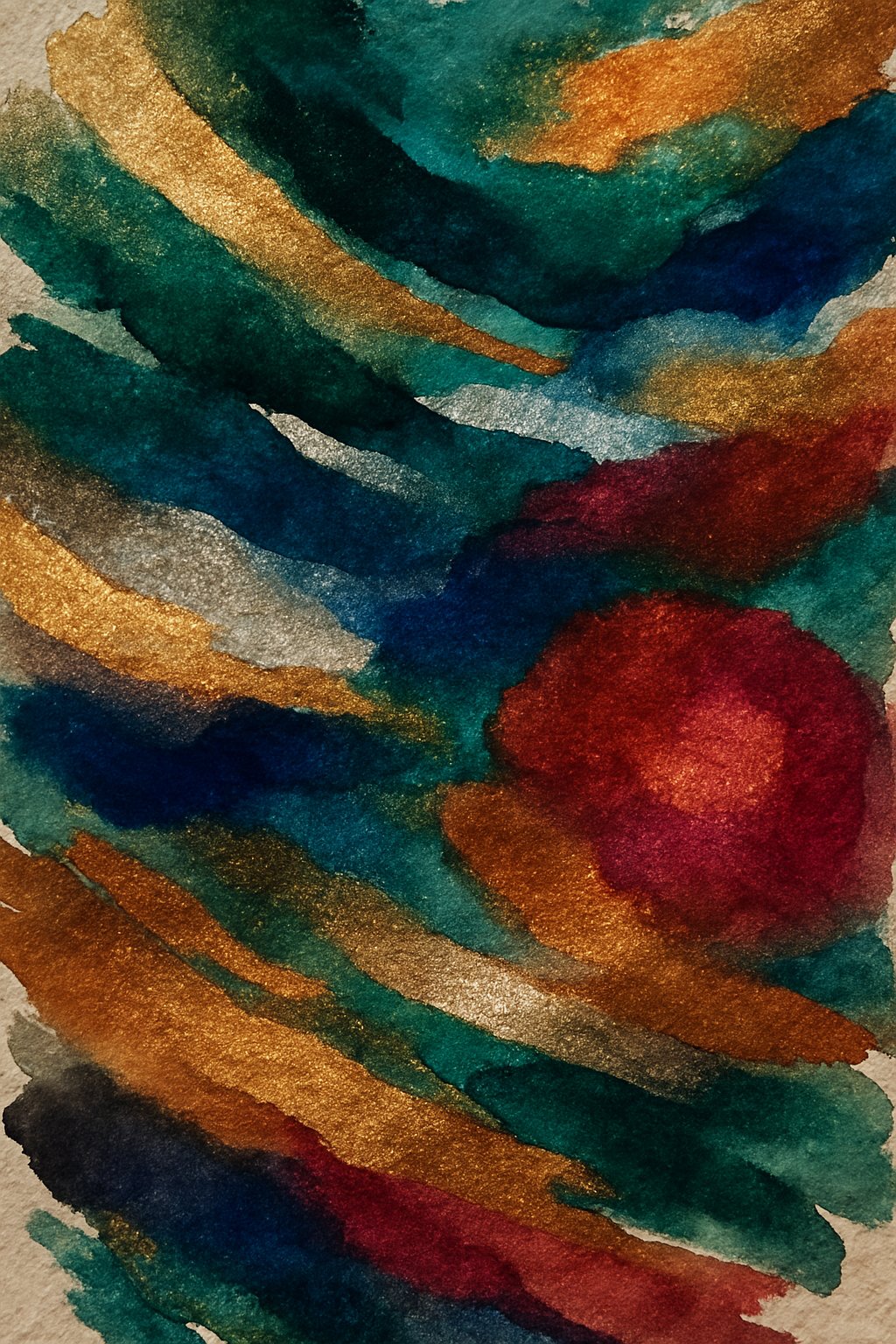
Artists can create depth by layering metallic watercolor washes. Each layer adds a new level of shimmer and shine.
This method allows control over how subtle or bright the metallic effect appears. It works well for abstract art that focuses on light and texture.
6) Luminous animal portraits highlighting metallic details
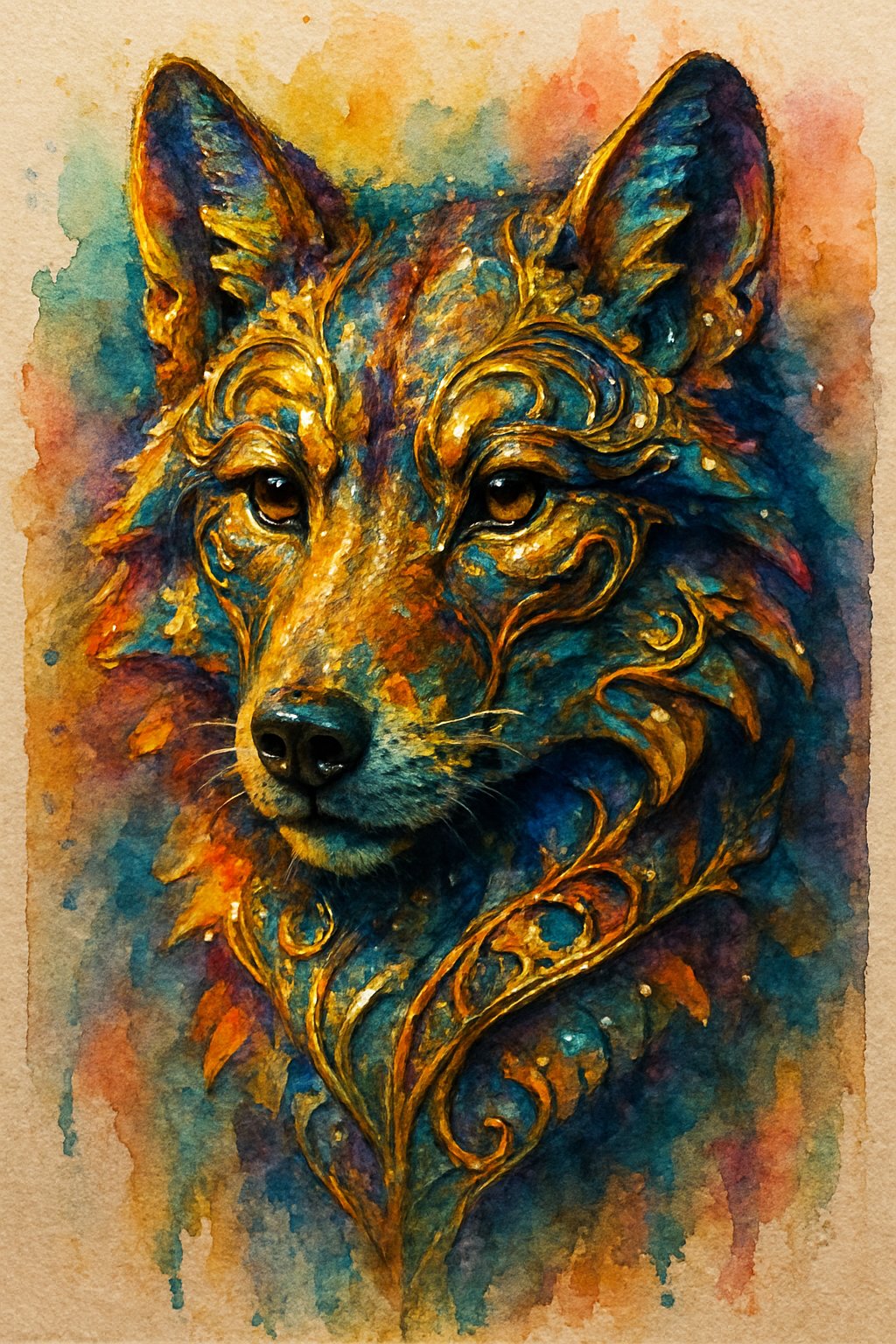
Artists use metallic watercolors to add shine to animal portraits.
These details create depth and make features like eyes or fur stand out.
Metallic accents help capture light, giving the painting a subtle glow without overpowering the image.
7) Metallic cityscapes capturing reflective surfaces
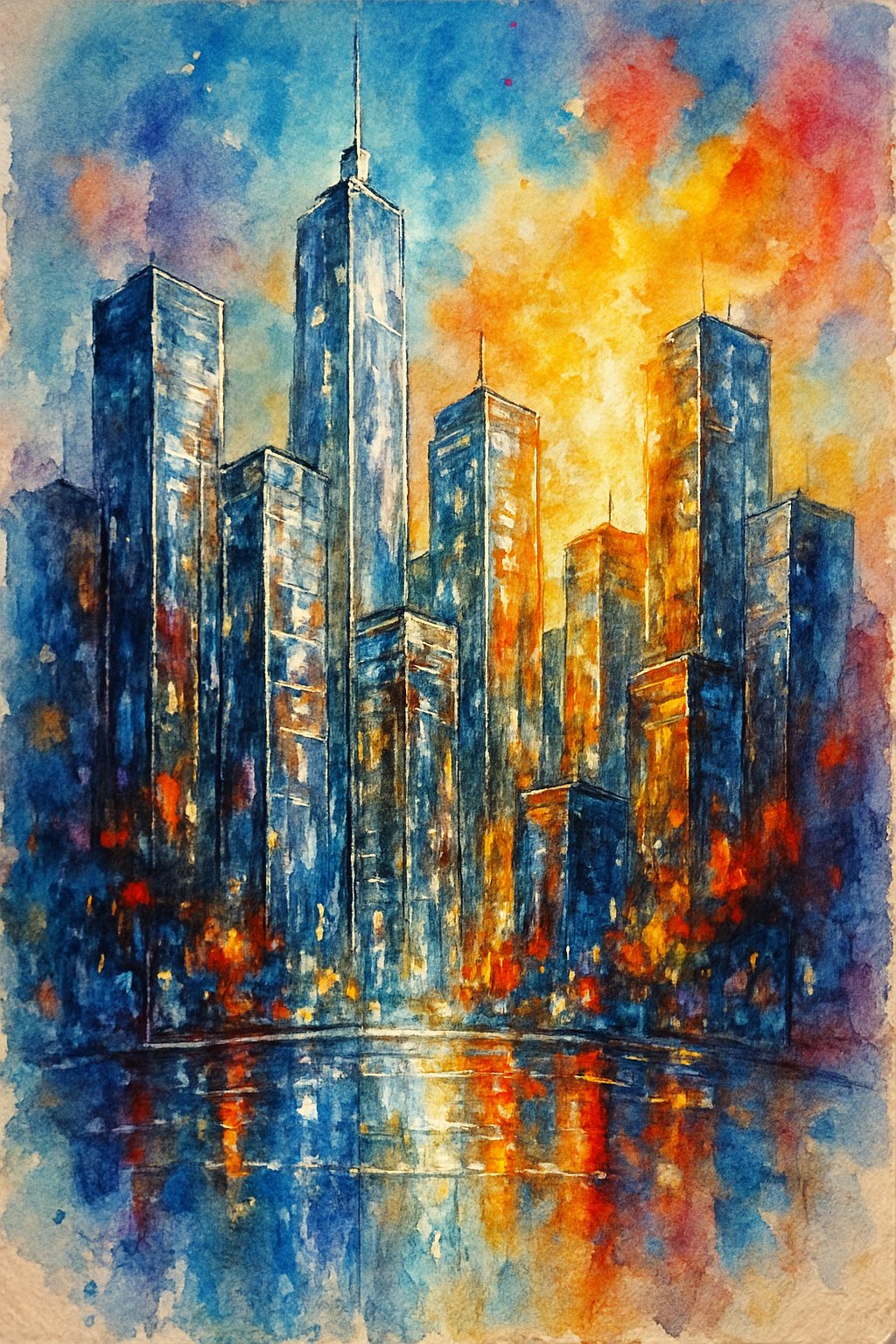
Metallic watercolors work well for painting cityscapes with reflective surfaces. Artists can highlight glass windows and wet streets by using shimmering pigments. This technique helps show light and reflections naturally in urban scenes. It requires precise brushwork to balance shine with shadows.
Understanding Metallic Watercolor Techniques
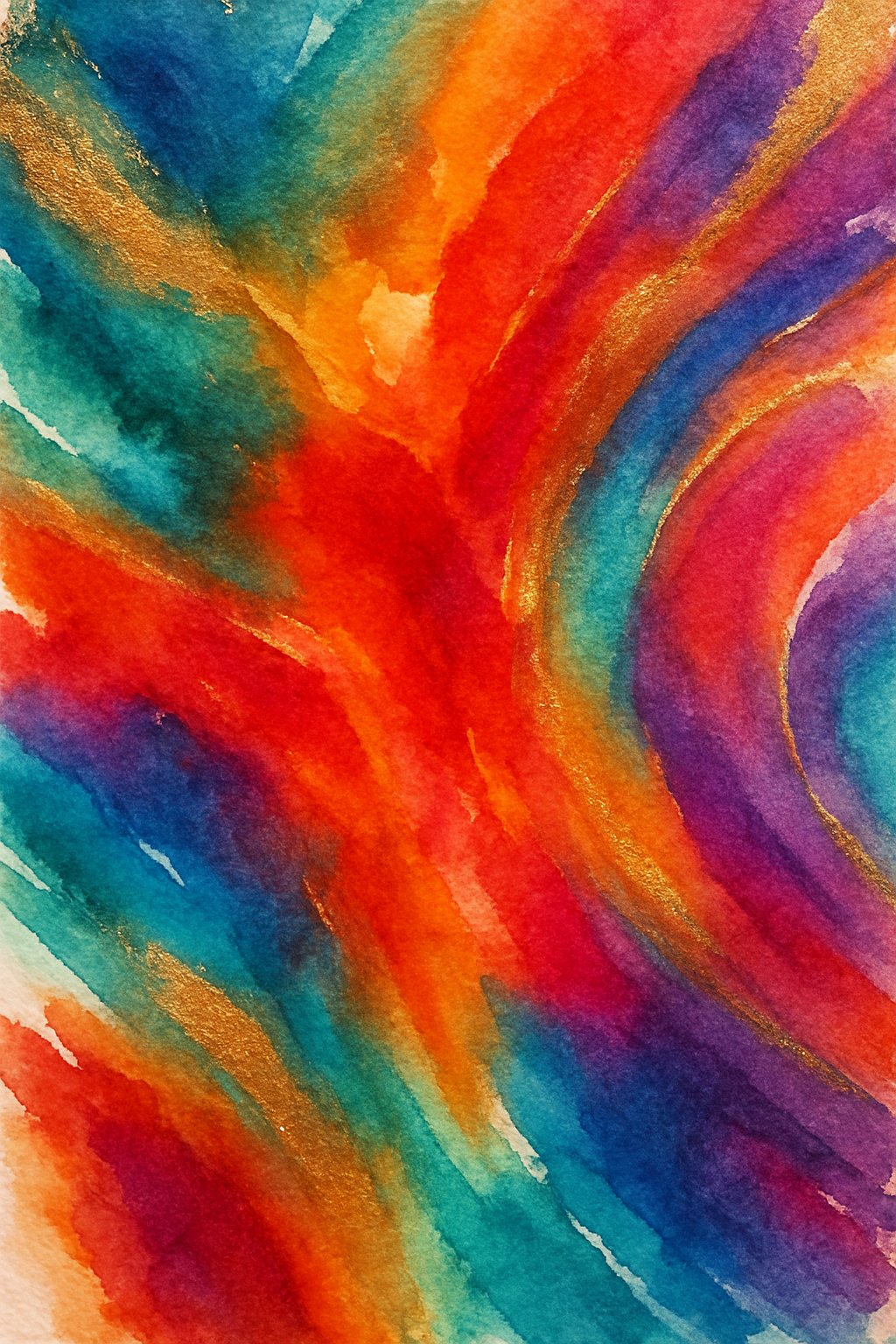
Metallic watercolor painting requires special attention to how layers build shine, how to blend with regular watercolors, and the tools best suited for the job. Each aspect helps create artwork with vibrant, reflective qualities that stand out.
Layering for Depth and Shine
Layering is key to making metallic watercolors appear rich and luminous. Artists often start with a light wash of metallic paint and let it dry fully before adding more layers. This approach builds up a subtle shimmer without losing transparency.
It’s important not to overwork the paint because too many layers can dull the metallic effect. Using thin, even layers helps keep the shimmer visible while adding depth to the colors. Some painters add a base color underneath metallic layers to increase contrast and make the shine pop more.
Mixing Metallics with Traditional Watercolors
Metallic watercolors can mix with traditional ones to create new effects but need careful handling. Because metallic pigments reflect light differently, mixing too much with standard paints may reduce their shine.
Artists often mix small amounts of metallic paint into regular watercolor to add a touch of shimmer. Another method is to paint a base layer with traditional watercolors and apply metallic paint on top once it dries. This layering keeps the metallic effect strong.
When mixing colors, it is best to test combinations on scrap paper first. This way, artists see how the metallic finish reacts with other pigments before applying it to the main artwork.
Choosing the Right Brushes and Tools
Brush choice affects how metallic watercolors apply and look. Flat synthetic brushes work well for smooth, even washes of metallic paint. They help spread shimmer uniformly across large areas.
Smaller round brushes are ideal for details and fine lines. Because metallic paint may settle unevenly, using a wet brush to gently reactivate dried layers can preserve sparkle.
Some artists use tools like sponges or fine liners to add texture or highlights with metallic paint. Using clean water and avoiding mixing metallic paint with dirty water also helps maintain its bright, reflective properties in the artwork.
Finishing and Preserving Metallic Watercolor Art
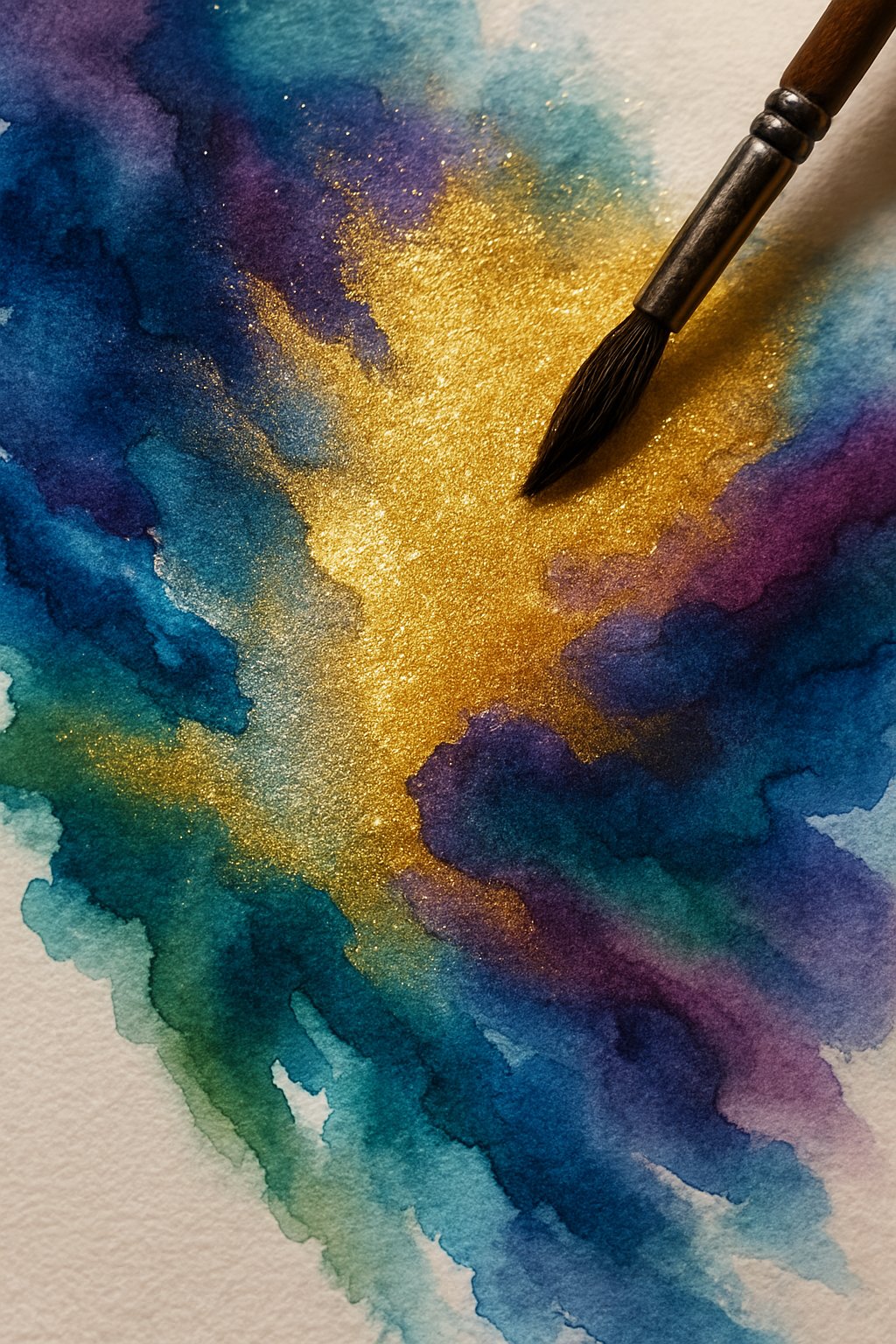
Proper finishing protects the artwork and keeps the metallic shine bright over time. Drying thoroughly, mounting correctly, and avoiding exposure to harmful elements are key to long-lasting effects.
Proper Drying and Curing Tips
Metallic watercolor paints require complete drying before any finishing steps. Artists should allow the painting to dry naturally in a flat, dust-free area. This can take several hours to a full day depending on paint thickness.
Once dry, the artwork needs curing. This means leaving it untouched for a few days to let any moisture fully evaporate. Rushing this step can cause the paint to smudge or lose its shimmer.
After curing, a light spray of clear acrylic varnish is recommended. A matte or satin finish reduces glare but keeps the metallic sheen visible. Gloss varnish enhances shine but may create reflections that distract.
Mounting and Framing Guidance
When mounting metallic watercolor art, acid-free mats and backing are essential to prevent yellowing or damage. The use of UV-protective glass or acrylic protects the painting from light damage.
Frames should hold the artwork securely but avoid pressing directly on the painted surface. Spacers or mats help keep a small gap between glass and paint, preserving texture and gloss.
Avoid direct sunlight on the framed piece and place it in a stable environment with controlled humidity. This helps maintain both paper and metallic pigments.
Protecting Metallic Paints from Fading
Metallic pigments can dull over time if exposed to strong light or humidity. To minimize fading, display artwork away from direct sunlight and bright artificial lights.
Using UV-filtering sprays or glass protects the artwork from ultraviolet rays, which break down pigment molecules. It is important to avoid plastic covers that can trap moisture.
Regularly check stored or framed pieces for signs of fading or damage. If deterioration appears, reapplying varnish or remounting may be necessary. Proper care ensures the metallic finish stays vibrant for years.
Frequently Asked Questions
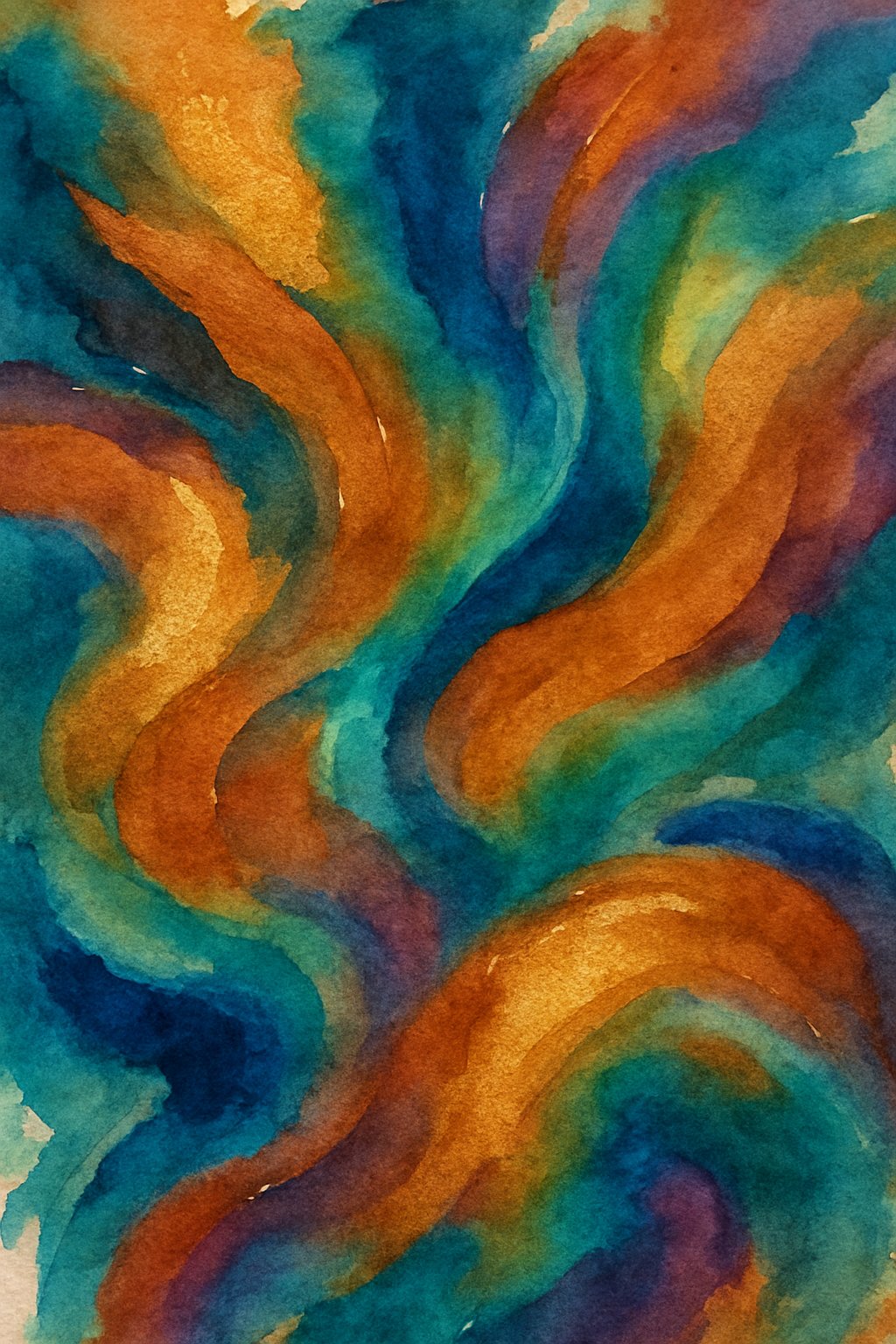
Metallic watercolor painting requires specific techniques, careful material choices, and proper care to highlight its unique shimmer. Understanding how to use the right paper, brushes, and sealing methods improves the artwork’s shine and longevity. Beginners also benefit from clear steps to build shimmer without losing transparency.
What essential techniques should I learn for metallic watercolor painting?
Using thin layers of metallic paint helps build shimmer without making the paint look dull. Applying paint with a damp, not soaking wet brush controls the metallic effect. Fine detail brushes are needed for precise work like stars or calligraphy.
Which types of paper are best suited for metallic watercolor artworks?
High-quality, smooth watercolor paper works best. It supports vibrant colors and smooth blending of metallic paints. Papers with a heavier weight prevent warping when adding multiple layers.
Can you list the top metallic watercolor brands for professional artists?
Brands like Finetec, Kuretake, and Daniel Smith are popular for their rich metallic pigments. These offer good shimmer, consistency, and lasting color. Professionals often prefer them for detailed work and layered effects.
How do I incorporate metallic watercolors into a mixed media project?
Metallic watercolors blend well with inks, graphite, and acrylics. Using them in layers can add highlights or shimmer on top of other media. It is important to let each layer dry fully to maintain the metallic shine.
What are some effective methods for sealing and preserving metallic watercolor paintings?
Using a clear, non-yellowing spray varnish helps protect metallic paint without dulling the shine. Sealing should be done in thin, even coats. Avoid heavy or glossy sealers that can alter the metallic effect.
How can beginners get started with using metallic watercolors effectively?
Start with a limited palette of metallic colors and practice layering thin washes. Use good quality brushes and paper to see the best results. Focus on simple subjects like stars or small floral designs to master control before tackling complex pieces.
